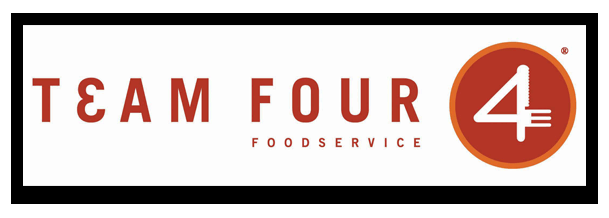 In June 2022, the Fed increased rates by 75 basis points in an effort to slow down the highest inflation the U.S. has experienced in 40 years. Just a few weeks later, in the wake of the announcement that the Consumer Price Index climbed 1.3 percent over May results – the most since 2005 – we’re facing yet another likely increase. An interest rate spike of similar (or slightly larger) size is expected when policy makers meet again at the end of this month. Of course, rapidly escalating prices and the increasingly likely prospect of a recession don’t come as welcome news for consumers or restaurant operators. But it’s important to look beyond the gloom and doom: To put today’s economy in perspective, consider the Great Recession of 2008. The biggest economic downturn in nearly a century also turned out to be an important generator of opportunities for the restaurant industry. It marked the explosion of fast-casual restaurant concepts – the category hardly existed before 2008. It ushered in a period in which consumers spent a larger percent of their food budgets in restaurants. Real estate became less expensive, restaurants grew in number and the industry became a larger part of the overall economy. The decade following the 2008 downturn was also a period of growth and increasing sophistication for franchising. The recession laid the foundation for how consumers now integrate restaurants into their daily lives. There are new opportunities in the current environment too, even if they may be difficult to see at the moment. Larry Reinstein of LJR Hospitality advises operators to take some steps to be in a stronger position to seize the opportunities that do come along: Continue to reengineer your menu. Reduce the size of it and make sure that the items you offer are profitable and make best use of your labor hours and supply. Take a look at the hours you are open and consider making small changes of even an hour or half hour to improve efficiency. Consider how you can provide better value – not necessarily a cheaper experience but a great experience for the money charged. That could mean investing in culinary talent and your overall team so they can perform better and with greater consistency. Look for opportunities to secure capital – consider options such as crowdfunding if banks are hesitant to lend. Recessions are periods in which consumers trade down – but they still have to eat. For businesses that can operate efficiently enough to power through an economic downturn, this period could be an opportunity to serve and earn the trust of a new breed of guest.
0 Comments
|
More Inflation ArticlesBecome recession-readyStriking the right balance on priceFight inflation challengesArchives
April 2024
Categories
All
|
Foodservice CEO is provided for informational purposes only. It is intended to offer foodservice operators’ guidance regarding best practices in running their operations. Adherence to any recommendations included in this Guidance will not ensure a successful operation in every situation. Furthermore, the recommendations contained in this website should not be interpreted as setting a standard of operation or be deemed inclusive of all methods of operating nor exclusive of other methods of operating.
Copyright 2023 Team Four Foodservice, All Rights Reserved.




 RSS Feed
RSS Feed